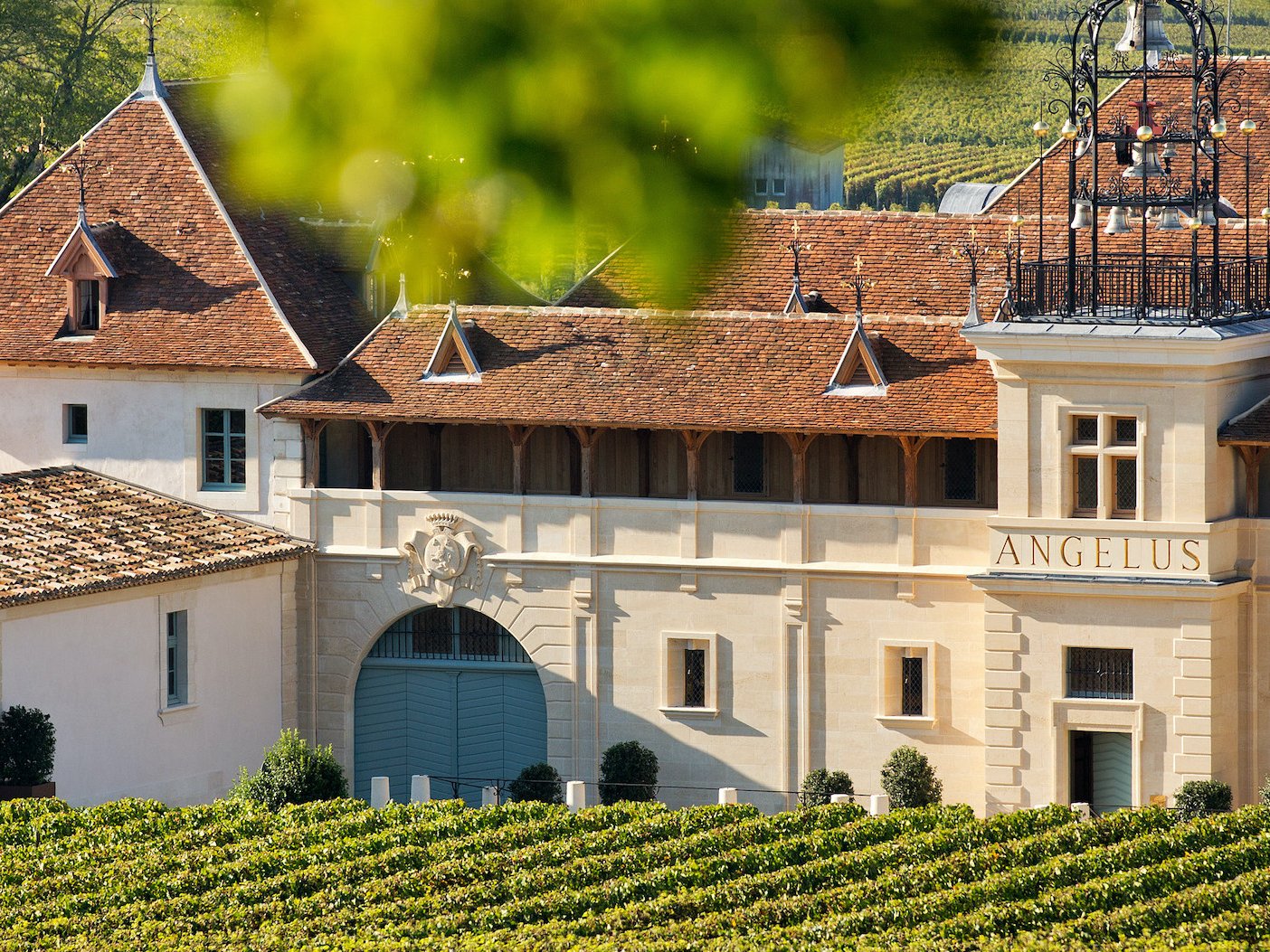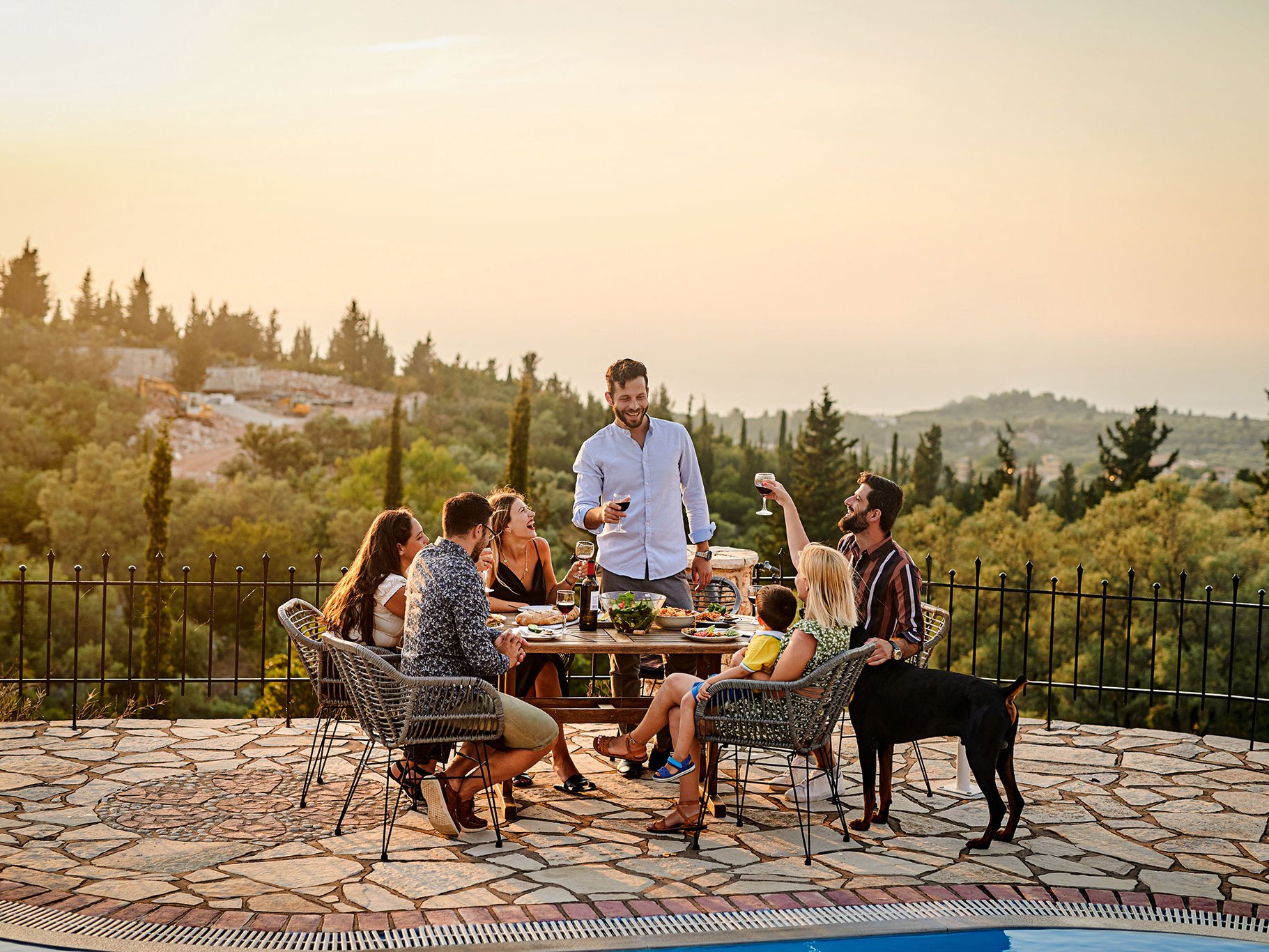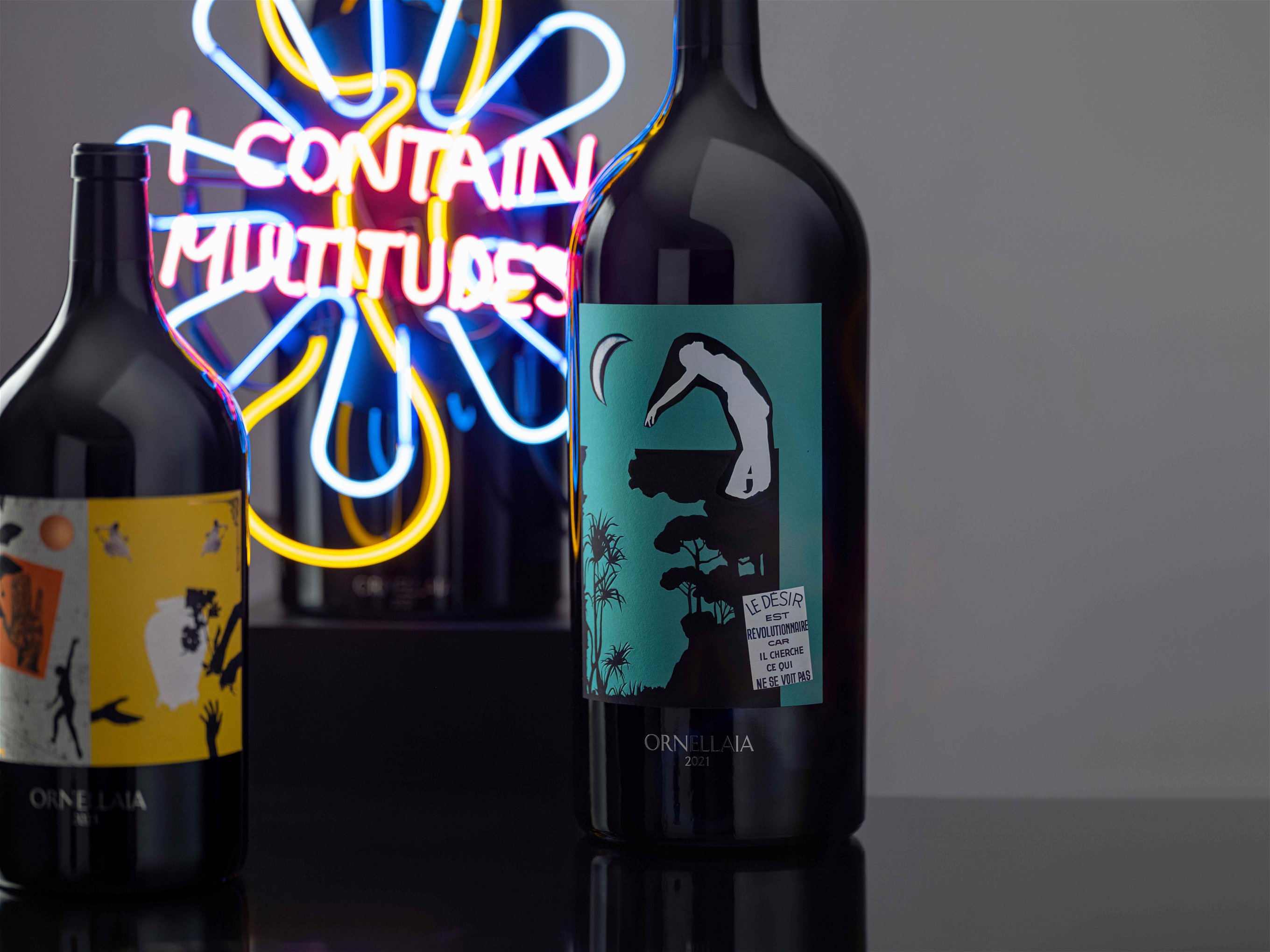Les Parcelles of Château Durfort-Vivens: Innovation in Bordeaux
Gonzague Lurton, owner of Château Durfort-Vivens in Bordeaux, has replaced his ‘second wine’ with a set of three new wines.
In Bordeaux, to keep the quality of the so-called grand vin as high as possible, many châteaux produce a so-called ‘second wine’ – made either from younger vines, or declassified barrels, or lesser parcels. These wines are often far more affordable than the grand vin – but the idea is that they are a lesser version.
Rewriting the rule book
Gonzague Lurton, however, has decided to do things differently. He wanted to put site and individual character first and has thus introduced three new wines that replace the second wine as of the 2019 vintage. “The concept of ‘second wine’ is no longer part of our vocabulary,” he says. “From now on it is all about a single-vineyard range which illustrates the DNA of our Grand Cru Classé.”
Rethinking the range
The grand vin at Durfort-Vivens is made from grapes grown in the best plots of vineyards in Cantenac, Soussans, Margaux and Arsac, four villages in the Margaux appellation, all of which are vinified separately. The aim of blending these is to obtain “a harmonious, rich and complex wine,” Lurton says and explains the developments that have taken place over recent years: “Plot selection has never been as drastic in order to meet the requirements of our grand vin, allowing us to increase overall the quality of our production. At the same time, we have renewed part of our vineyard situated in Soussans and Cantenac. The vines are of good quality but still too young to be incorporated into our grand vin. So the development in the quality of our first wine along with the renewal of the vineyard moved us to rethink our range.”
The Parcelles Wines
Lurton says that he and his technical manager Léopold Valentin have consistently traced “three distinct styles” across the different single-plot vinifications since the 2014 vintage. These three distinct and consistent styles then provoked the decision to make three separate wines, expressing those styles and to stop production of the second wine. It took until the 2019 vintage, when “the quality and the volume of these plots was assured,” to make the project a reality. There now are three single-vineyard wines: Les Plantes, Le Plateau and Le Hameau.
Les Plantes is the name given to the wine made from the youngest vines from Chateau Durfort-Vivens plots. The Sousant plots make up Le Plateau while the plots in Cantenac are bottled as Le Hameau. “Our single-vineyard wines are not produced according to blending principles. On the contrary, each one represents a typical characteristic of our terroir,” Lurton says. “Les Plantes the freshness, Le Plateau the power and Le Hameau the elegance.
Amphorae and varieties
The wines are blends of various proportions of Cabernet Sauvignon and Merlot, some with additions of Cabernet Franc. Interestingly, the château has also dialled down the use of oak barrels: the Parcelles series is mostly aged in clay amphorae with just a small portion aged in wood – and very little of that is new oak. This allows the sites to speak even more clearly.













